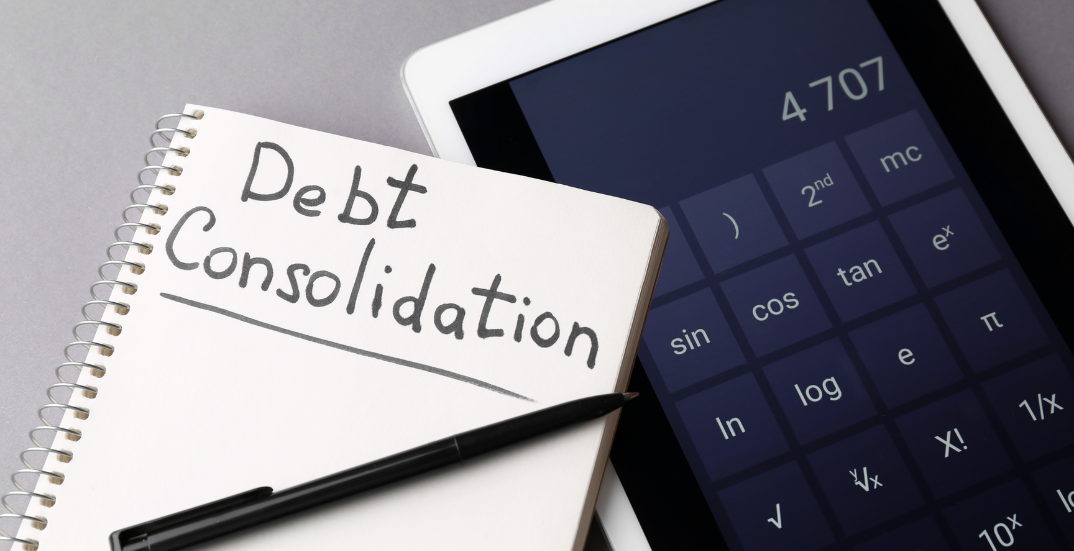





Attorney at Debt Advisors Law Offices
Practice Areas: Chapter 7 Bankruptcy, Chapter 13 Bankruptcy, Stop Foreclosure

Most people think all debts are the same, but not quite. The difference between secured and unsecured debt plays a major role in how lenders view you, how much interest you pay, and what happens if you fall behind on payments. Whether it’s a car loan, mortgage, or credit card balance, understanding these two debt types can help you make smarter financial decisions and avoid unnecessary risks.
Knowing how secured and unsecured debts work is a form of financial literacy every Wisconsin consumer should have. The type of debt you hold affects your credit score, borrowing power, and financial stability. It also helps you decide which payments to prioritize when you’re juggling multiple loans.
For instance, missing a payment on a car loan can lead to repossession since it’s tied to collateral. Falling behind on a credit card, however, affects your credit score and could lead to legal action down the line. Understanding this distinction helps you manage debts strategically instead of reacting under pressure.
Secured debt is backed by collateral, an asset you pledge to the lender as security. Common examples include mortgages, car loans, or home equity loans. Because the lender holds a claim on the collateral, they can repossess it if you default on the loan.
In return, secured loans usually offer lower interest rates since the lender’s risk is reduced. However, they come with the serious consequence of losing your property if you’re unable to pay.
In Wisconsin, repossession and foreclosure laws protect consumers from unlawful recovery practices. Borrowers must receive proper notice before repossession or sale of their property.
“In Wisconsin, lenders must follow specific repossession laws before taking collateral on a secured loan. Borrowers are entitled to notice and an opportunity to cure the default.” – Wis. Stat. §425.105
Examples of Secured Debt:

Unsecured debt has no collateral attached. Instead, it’s based solely on your creditworthiness and promise to repay. Because there’s no physical asset for lenders to claim, unsecured loans carry higher interest rates and more risk for the borrower.
Common types of unsecured debts include credit cards, medical bills, student loans, and personal loans. Failing to pay these can result in late fees, damaged credit, and eventually legal action. If a lender wins a lawsuit, they can seek wage garnishment or property liens to recover what’s owed.
“Unsecured debt may seem less risky, but court judgments can lead to wage garnishment or property liens if ignored.” – Wisconsin Department of Financial Institutions
While both types help you borrow money, they differ in cost, risk, and repayment structure. Here’s how they compare:
|
Feature |
Secured Debt |
Unsecured Debt |
| Backed By Collateral | Yes (house, car, property) | No |
| Common Examples | Mortgage, auto loan | Credit card, medical bill |
| Interest Rate | Usually lower | Usually higher |
| Risk to Borrower | Loss of asset if defaulted | Credit score impact, legal action |
| Recovery Options | Repossession, foreclosure | Collection, judgment, lien |
| Best For | Long-term, large purchases | Short-term or emergency needs |
“Debt consolidation may simplify payments but does not erase total debt. Always compare interest rates and repayment terms carefully.” – Federal Trade Commission (FTC)
Balancing secured and unsecured debts can feel overwhelming, but a structured plan can make it manageable. The first step is prioritizing debt repayment based on cost and risk. High-interest unsecured debts, like credit cards, should usually be paid first because they accumulate quickly.
Two widely recommended repayment methods are the Debt Snowball and Debt Avalanche strategies:
Whichever approach you choose, consistency is key. Even small, regular payments can make a noticeable difference over time.
Unpaid unsecured debts can sometimes become secured debts through court judgments or liens, meaning the creditor legally gains interest in your property. Avoiding this scenario begins with proactive financial management.
“Building a small emergency fund typically with three to six months of expenses can reduce reliance on high-interest unsecured loans during financial hardship.” – Consumer Financial Protection Bureau (CFPB)
Here are a few ways to stay ahead:
“In Wisconsin, lenders must provide notice before wage garnishment or property seizure. Consumers should review every document carefully and seek guidance if uncertain.” – Wisconsin Department of Financial Institutions
Secured debts are backed by collateral, such as property or vehicles, while unsecured debts rely solely on your credit and repayment history.
Yes. If a creditor wins a lawsuit, they may file a lien on your property, converting unsecured debt into a secured one.
Prioritize high-interest unsecured debts first to reduce interest costs and improve overall financial health.
It can simplify payments and lower interest, but it doesn’t erase your total debt. Review terms before signing any agreement.
State laws require lenders to follow notice and repossession rules and limit wage garnishment amounts for consumers.
Yes. Making timely payments and reducing balances gradually boosts your credit score and financial reliability.
Understanding the difference between secured and unsecured debt is key to taking control of your finances. Secured debts involve collateral and lower interest rates, while unsecured debts have higher costs but no direct asset risk. Knowing how each works helps you make smarter repayment choices and safeguard your property.
For Wisconsin residents struggling with multiple debts, guidance from an experienced Wisconsin bankruptcy attorney at Debt Advisors Law Offices can make all the difference. Schedule a free consultation to explore your options and take the first step toward financial stability.

Learn about bankruptcy protections, types of bankruptcy, how to get started, what to expect, and who to trust. Filing bankruptcy is the ONLY way to completely eliminate debt. If bankruptcy is right for you, it offers powerful protections that cannot be achieved through alternative solutions such as hardship relief, loans, or debt settlement.